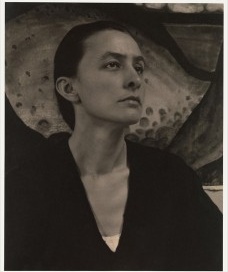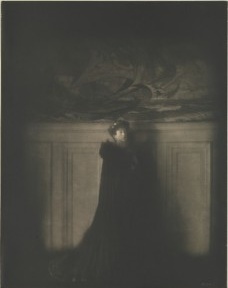
newspaper
agenda cultural
This exhibition features three giants of photography—Alfred Stieglitz (American, 1864–1946), Edward Steichen (American, b. Luxembourg, 1879–1973), and Paul Strand (American, 1890–1976)—whose works are among the Metropolitan's greatest photographic treasures. The diverse and groundbreaking work of these artists will be revealed through a presentation of approximately 115 photographs, drawn entirely from the collection.
Alfred Stieglitz, a photographer of supreme accomplishment as well as a forceful and influential advocate for photography and modern art through his gallery "291" and his sumptuous journal Camera Work, laid the foundation of the Met's collection. He donated twenty-two of his own works in 1928—the first photographs to be acquired by the Museum as works of art—and more than six hundred by other photographers, including Steichen and Strand, in later decades. Featured in the exhibition will be portraits, city views, and cloud studies by Stieglitz, as well as numerous images from his composite portrait of Georgia O'Keeffe (American, 1887–1986), part of a group selected for the collection by O'Keeffe herself.
Stieglitz's protégé and gallery collaborator Edward Steichen was the most talented exemplar of Photo-Secessionist ideas, with works such as his three large variant prints of The Flatiron and his moonlit photographs of Rodin's Balzac purposely rivaling the scale, color, and individuality of painting. By contrast, the final issue of Camera Work (1917) was devoted to the young Paul Strand, whose photographs from 1915–1917 treated three principal themes—movement in the city, abstractions, and street portraits—and pioneered a shift from the soft-focus Pictorialist aesthetic to the straight approach and graphic power of an emerging modernism.
The exhibition is made possible in part by Joseph M. Cohen.

Georgia O'Keeffe , Alfred Stieglitz (American, Hoboken 1864–1946 New York City), 1918

Lady Ian Hamilton, Edward Steichen (American (born Luxembourg), Bivange, 1879–1973 West Redding, Connecticut), 1907, printed 1909

